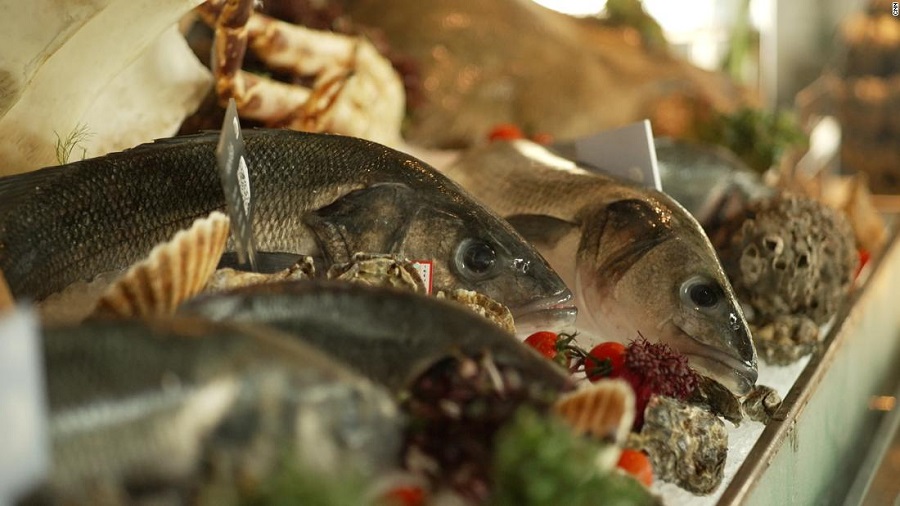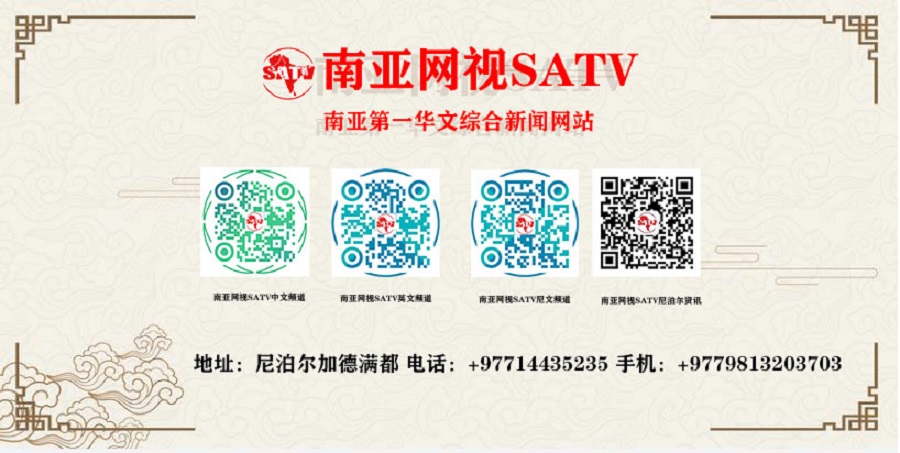
If you order snapper at a restaurant, you probably expect to be served snapper. But multiple reports over the last decade say there's a strong chance you'll be getting a lower-value fish.
A 2019 study by conservation organization Oceana, conducted in the US, found that one in five fishes tested in restaurants and markets was mislabeled.
Consumers could be paying double the price for wild-caught salmon, but being served the farmed equivalent. Or they may think they're eating fresh-off-the-boat lobster, which has in reality been frozen for months.
Now, one restaurant in Dubai is leaning into technology to help their customers learn the provenance of their fish, while they dine.
Tackling fish fraud
Diners ordering fish at Rockfish, a beachfront Italian restaurant, receive a QR code with their order.
The code links to a web page that tells them when and where their fish was caught, how it was transported, and provides necessary certifications to verify it was sustainably sourced.
The kitchen's executive sous chef Marco Acquaroli says there is a lot of "fake product or fake naming" on menus around the world. "Here we are looking for freshness, quality, sustainability and traceability."
The restaurant partners with Seafood Souq, an e-commerce marketplace that connects buyers and sellers of fish from around the world.
"Seafood is an industry that is wrought with not necessarily fraud but opacity or darkness within the supply chain," says the company's CEO and co-founder Sean Dennis.
"It is very difficult for buyers to know where they're getting their seafood from," he adds.
Because Seafood Souq tracks every point on the supply chain, Dennis says it can provide accurate data. "Traceability ... really addresses the inefficiencies within the supply chain," he says.
Seafood Souq says they provide buyers -- like Rockfish -- with the tools they need to make sustainable purchases.
"We're very happy now," says Acquaroli. "Our guests (are) 100% sure where the fish was in the last 24 hours."













